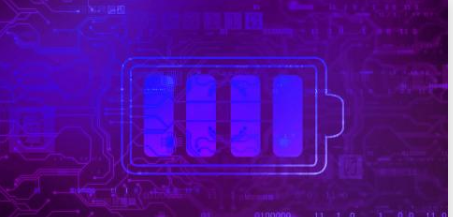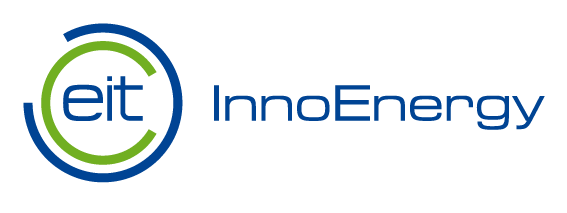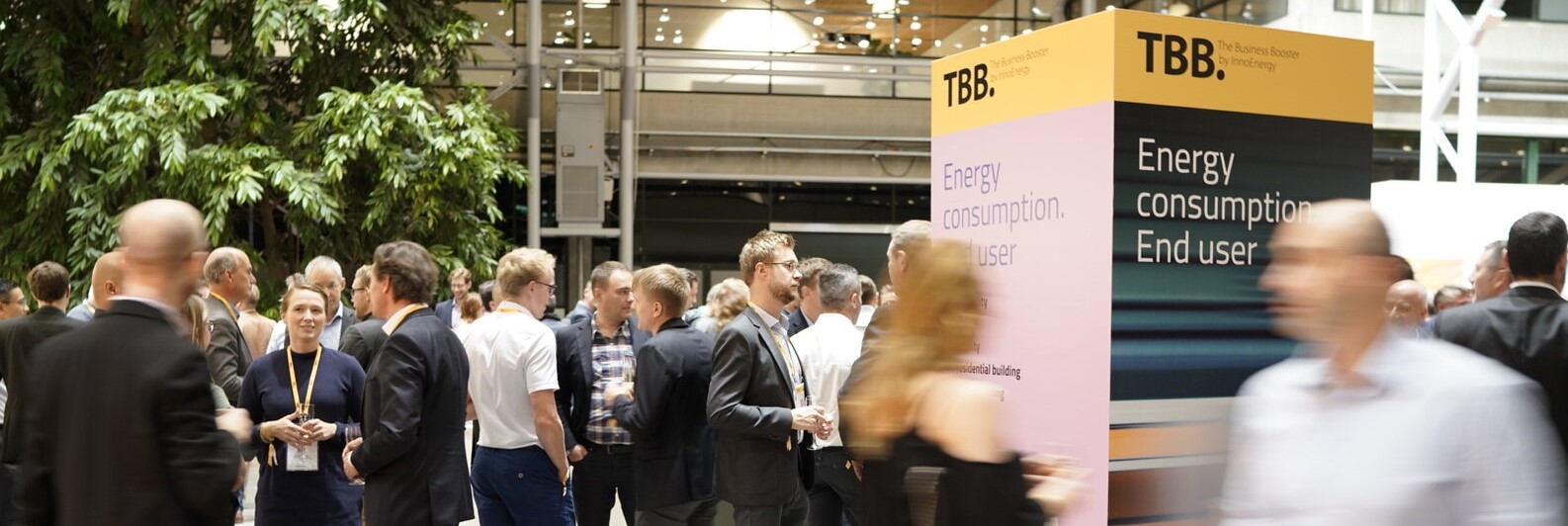Have you converted your power today?

What is a power converter?
A power converter is an electrical circuit that processes the electrical energy from a supply, and converts it into an output form that can be received by whatever device is being powered. Apart from voltage, a power converter can even be used to adjust frequency. All these types of converters can be implemented as building blocks to achieve any combination of required conversion.
Types of power converters
Power conversion and the respective power converters exists in many forms depending on the need of the application. They bridge the gap between the available source power and the power needs of an application. What type of power converter is used for a particular tasks determined by the requirements and the input and output of the converter.
Basic converters found in a typical household:
- Inverters: Inverters convert DC power to AC power (e.g., solar panel inverters)
- Rectifiers: Rectifiers convert AC power to DC power (e.g., laptop power supplies, USB chargers, electric car chargers)
- Boost converters: Boost converters convert a certain voltage to a higher voltage (e.g. hybrid electric vehicles)
- Buck converters: Buck converters convert a certain voltage to a lower voltage (e.g. solar chargers, advanced telecom and datacom systems)
Just like building blocks, all of these converters can be combined in order to create more complex, more capable circuits and to achieve any combination of required conversion.
Batteries and power conversion
Batteries have a specific need for power electronic converters. Battery energy storage is available in many different shapes and sizes due to the broad range of applications— including smartphones, residential energy storage and electric vehicles.
Battery technologies come with specific cell voltages (e.g., NiMh around 1.3 V, Li-ion around 3.7 V). Through a series and parallel stacking of such cells, many different voltages can be achieved. An internal DC-DC converter is often used to boost an output voltage. Depending on the application, it’s likely you will convert the energy more than once in a charging cycle. For home battery energy storage (e.g., Powerwall), the system is typically connected to the grid and will make use of a bidirectional inverter. A bidirectional converter, which converts power in both directions, is commonly sought after for applications where batteries are needed.
So, have you converted your power today? As we have learned here, it’s highly likely that the answer is Yes. We are surrounded by a multitude of converters in our everyday lives. The next time you switch on a device, be sure to take a moment to appreciate the converter that made it possible.
Jolien Despeghel, PhD Researcher, EnergyVille – KU Leuven
Jeroen Tant, Postdoctoral Researcher, EnergyVille – KU Leuven


